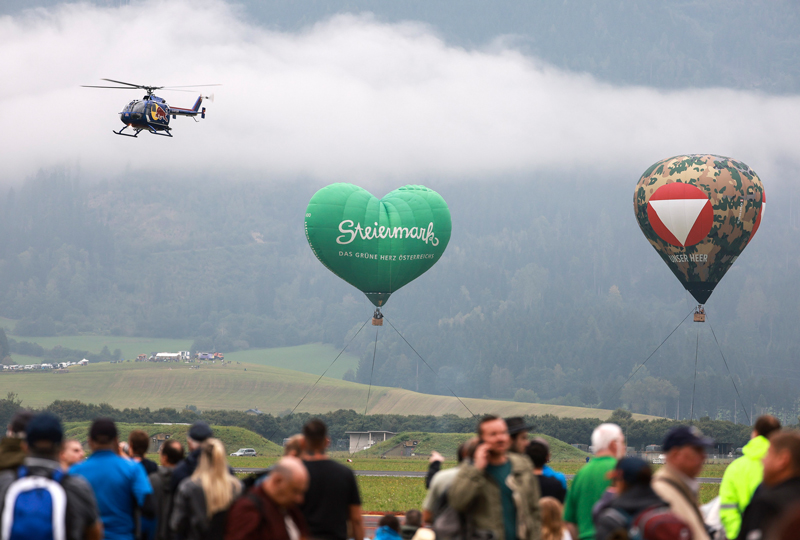
Clyde Vernon Cessna built his first spruce aircraft with a cotton linen covering in 1911. The result was an open shoulder-winged aircraft with a four-cylinder two-stroke engine with 40hp. However, Cessna crashed his Silverwing dozens of times during the start phase and so he had to repeatedly repair the machine until he finally got into the air. He practised for months until he managed to land where he had taken off. Thanks to his perseverance, Clyde Cessna went down in history as one of the great pioneers of aviation.
With the founding of the Cessna Aircraft Company in 1927, he laid the foundation stone for a company that became the epitome of single-engine aircraft worldwide. Less well known is that Clyde and his son Eldon built the Air Racer CR-2 in the 1930s, with which Clyde’s best friend Roy Liggett later crashed at the Chicago Air Race. This accident changed Clyde Cessna’s approach to aviation. In addition, the consequences of the great economic crisis were clearly felt, which finally brought the production of the Cessna Aircraft Company to a complete standstill. In 1936, Clyde Cessna sold the company to his nephews Dwane and Dwight Wallace and retired from aviation.
As a result, Dwane Wallace and Eldon Cessna developed the Airmaster Design, which was characterised by several innovations. For example, the wings were fitted with landing flaps – a unique construction at the time. In addition, the early Cessnas were also among the first planes with buoyancy assistance. They were also so robust that they did not need lateral struts. These improvements made the Cessna Airmaster so advantageous aerodynamically that it was considered one of the world’s most efficient aircraft.
After the war, the Cessna Aircraft Company began building all-metal aircraft in the Airmaster design. Later they were built with braced surfaces, which had the disadvantage of higher air resistance, but thanks to the braces a much lighter construction was possible. The models ranged from the two-seater Cessna 120 with spur wheel to the Cessna 182 Skylane, which is still being built today.
The Cessna 208 Caravan achieved astonishing success in the early 1980s. More than 2,000 of the two-million-dollar aircraft have been sold to date, making it the best-selling cargo and passenger aircraft in the world. In 1986 the stronger 208B Super Cargomaster and in 1990 the Grand Caravan, a version extended by 1.22m, were added.
Like all Cessna Einmots, the 208 is an easy-to-handle aircraft despite its size. For many operators, the option of single-pilot operation brings enormous advantages, especially as a business and travel aircraft. With a cruising speed of almost 300km/h and a cruising altitude of up to 7,600m (up to flight surface FL 250), the caravan moves at altitudes where jets also fly. Whether at major international airports or in the remote jungle, the caravan is at home anywhere. Equipped with floats, it is also the largest amphibious aircraft currently being built worldwide. Such a version is also in the Flying Bulls’ collection.
The Flying Bulls’ Amphibian Caravan is mainly used at seaplane events in Austria, Germany, Italy, and Switzerland. In 2008, the OE-EDM received a new, 75hp Pratt & Whitney PT6A-114A propeller turbine with a total of 675hp. With this noticeable extra power, it lifts the caravan, which weighs more than three tons, out of the water after about 800m. One requirement for operating the caravan with floats is the installation of two stabilisers auxiliary vertical fins) on the outside of the height control unit, as well as the installation of the vortex generators in order to optimise the flow to the height control unit. The OE-EDM consumes approx. 15 hours of manpower for each maintenance only for the floats and the associated hydraulic system with their two redundant cylinders for extending the landing gear.
Every year, the full splendour of the caravan shines on one of the most beautiful lakes in the world: Lake Wolfgang with its breathtaking natural scenery. At the Scalaria Air Challenge, the Flying Bulls’ caravan makes its favourite compulsory visit here every year, which it has never missed since the premiere of the event in 2005. Even in this exclusive environment, the Flying Bulls’ Cessna 208 Caravan is one of the most extraordinary representatives of aviation.
Cessna 208 Amphibian "Caravan"
Technical Data: